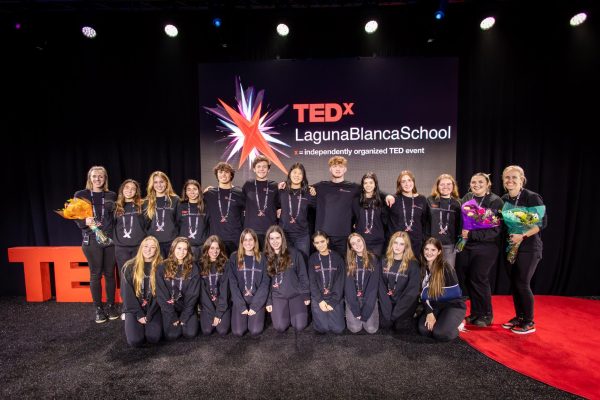Lab-Grown Neurons Could Help Scientists Repair Damaged Brain Tissue
October 4, 2018
Question:
Could it be possible to generate new nerve cells that could contribute to brain repair?
Overview:
IPSCs–induced Pluripotent Stem Cells– have two unique properties: they can self-renew and can become any type of cell. IPSCs are similar to those of Embryonic Stem Cells (ESCs); however, unlike ESCs that are produced from embryos, IPSCs are formed from adult cells– skin cells, etc.. Professor Pierre Vanderhaeghen and his team have found a way to reprogram iPSCs to look like ESCs. “It’s a bit like taking adult cells and making them travel back in time so that they behave like embryonic cells again. We can maintain these cells in culture and then allow them to differentiate into other types of cells, such as liver, brain, or muscle cells…” The challenge is to make iPSCs a specific type of cell rather than another by using the right culture conditions. Professor Vanderhaeghen and his team discovered that iPSCs and ESCs can differentiate into cortical cells. “The cerebral cortex is the most complex structure in our brain and the nerve cells (or neurons) that make it up are crucial elements for its function,” explains Vanderhaeghen. He concluded that it is quite simple to transform iPSCs into cortical cells. Not only can they transform into the cells, but they can also automatically start to divide into neurons that make up all six layers of the cortex. This could be life changing in the field of neurodegenerative diseases.
Why it Matters:
Induced Pluripotent Stem Cells (iPSCs) could be promising tools for modeling and treating human neural diseases.
A Laguna Response:
“I think this is an outstanding advancement that seemed far in the future when we were discussing it in last year’s STEM class. Our teacher even said that replicating neurons is currently impossible! So I guess Pierre Vanderhaeghen did the impossible and found a stem cell that can replicate into a neuron. This could mean so much for the future of science and medicine and the combination of both. I can only imagine how amazed and astounded the scientists were when they discovered that the iPSCs automatically transform into the cortical cells.” — Audrey Murphy, 11th grade
1 (of an immature or stem cell) capable of giving rise to several different cell types.
2 Embryonic stem cells (ESCs) are stem cells derived from the undifferentiated inner mass cells of a human embryo.














